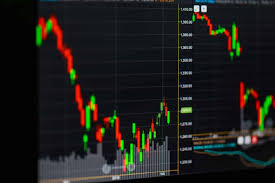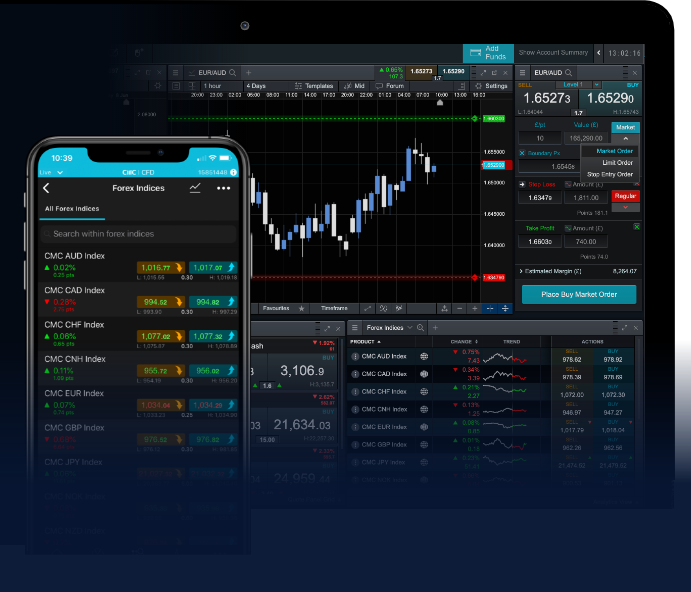Understanding Forex Trading Basics
traiding4 October 30, 2025


Understanding Forex Trading Basics
Forex trading, or foreign exchange trading, is the action of buying one currency while selling another concurrently. It is the largest and most liquid market in the world, operating 24 hours a day, five days a week. In this article, we will explore the fundamental principles of forex trading, important terminology, and strategies that can be employed by traders. For an in-depth resource, check out forex trading basics https://forex-level.com/.
What is Forex Trading?
Forex trading involves the exchange of one currency for another in the foreign exchange market. Currencies are traded in pairs, for example, the euro against the US dollar (EUR/USD) or the British pound against the Japanese yen (GBP/JPY). The forex market is decentralized, meaning that trades are conducted over-the-counter (OTC) rather than on a centralized exchange.
Understanding Currency Pairs
In forex trading, currencies are always quoted in pairs. The first currency in the pair is known as the “base currency,” while the second is the “quote currency.” The exchange rate between the two currencies indicates how much of the quote currency is needed to purchase one unit of the base currency. For example, if the EUR/USD pair has an exchange rate of 1.10, it means 1 euro is equivalent to 1.10 US dollars.
Types of Currency Pairs
There are three primary types of currency pairs in forex trading:
- Major pairs: These pairs include the most traded currencies and typically include the USD. Examples are EUR/USD, USD/JPY, and GBP/USD.
- Minor pairs: These pairs do not involve the US dollar and include currencies like the euro, British pound, and Australian dollar. For example, EUR/GBP and AUD/NZD.
- Exotic pairs: These pairs involve one major currency and one currency from a developing economy, such as USD/THB or EUR/TRY.

The Forex Market Structure
The forex market consists of three main components: central banks, financial institutions, and retail traders. Central banks, such as the Federal Reserve or the European Central Bank, influence currency values through monetary policy, while financial institutions include banks, hedge funds, and corporations that trade large volumes of currencies for profit or operational needs. Retail traders, like individual investors, trade in smaller quantities.
Key Terminology in Forex Trading
Understanding the terminology used in forex trading is crucial for beginners. Here are some essential terms:
- Pip: A pip is the smallest price move that a given exchange rate can make based on market convention. Most currency pairs are quoted to four decimal places, meaning one pip equals 0.0001.
- Spread: The spread is the difference between the bid (selling price) and ask (buying price) of a currency pair. It represents the cost of trading.
- Leverage: Leverage allows traders to control a larger position with a smaller amount of capital. For example, a leverage ratio of 100:1 means you can control $100,000 with just $1,000 in your account.
- Margin: Margin is the amount of capital required to open a leveraged position. It represents a percentage of the full position size.
- Lot: A lot is a standardized unit of measurement in forex trading. A standard lot is 100,000 units of the base currency, while mini and micro lots represent 10,000 and 1,000 units, respectively.
Forex Trading Strategies
Now that you understand the basics, it’s time to explore different strategies that can be employed in forex trading. Here are several common approaches:
1. Day Trading
Day trading involves opening and closing positions within the same trading day. Traders who employ this strategy aim to capitalize on short-term price movements and typically do not hold positions overnight.
2. Swing Trading

Swing trading involves holding positions for a few days to weeks, aiming to profit from expected market shifts. Swing traders use technical analysis and market patterns to predict price movements.
3. Position Trading
Position trading is a long-term strategy where traders hold positions for weeks, months, or even years. It relies on fundamental analysis and macroeconomic factors that influence currency values over time.
4. Scalping
Scalping involves making numerous small trades over a short period to capture tiny price movements. Scalpers typically focus on high liquidity pairs to ensure they can execute orders quickly.
Risk Management in Forex Trading
Effective risk management is an essential component of successful forex trading. Here are some strategies to manage risk:
- Set Stop-Loss Orders: A stop-loss order is an automatic order to close a trade when it reaches a certain loss level. It helps limit potential losses.
- Use Proper Position Sizing: Determine the amount of capital you are willing to risk on a single trade. A common rule is to risk no more than 1-2% of your trading capital on any one trade.
- Diversify Your Portfolio: Avoid putting all your capital into a single trade or asset. Diversifying your trades can help mitigate risk.
- Stay Informed: Keep up to date with economic news and geopolitical events that can impact currency movements. This information can help you make informed trading decisions.
Conclusion
Forex trading offers numerous opportunities for traders, but it also comes with its risks. Understanding the fundamentals, mastering currency pairs, familiarizing yourself with key terminology, and employing effective trading strategies can enhance your trading journey. Always prioritize risk management and stay informed about market developments. Happy trading!
 Contact Us
Contact Us